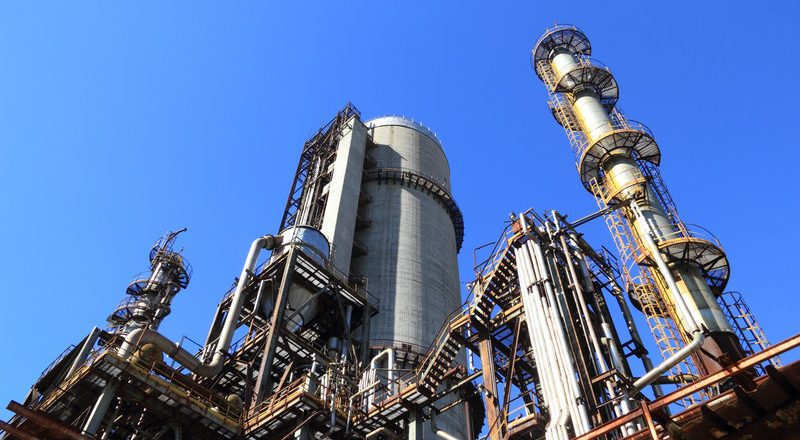Must-See Planet Of The Apes Movie (1968), As Relevant As Ever
Planet of the Apes, the original movie with Charlton Heston, was produced in 1968 when I was a child of only five years. Back then, I was joyous whenever this science fiction film aired on television because I was also passionate about the future of space exploration and the possibility of encountering aliens on another planet. However, it all seemed so surreal. Furthermore, I thought it was impossible that apes could have ever commanded the world. Fifty-three years later, having viewed the movie again, I can interpret the script from a different, mature perspective while also appreciating the prophetic capacity of the plot, which included poignant visuals and metaphors. It is not my intention to give away everything that happens in this science fiction movie. However, I aim to point out s...

